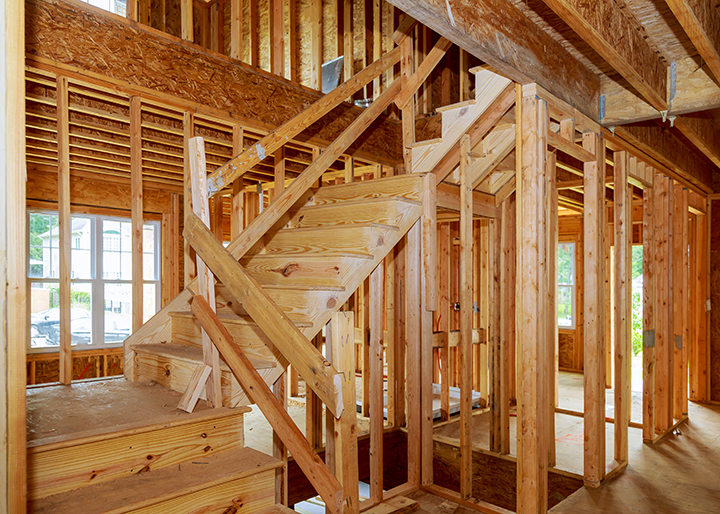Building the Future
The Digital Transformation of Construction & Renovation Finance By John Ryan A digital transformation is coming quickly to the construction and renovation lending industry. Two main catalysts have contributed to this emerging shift — the rapid advances in technology and an influx of private capital seeking to fill the void left by the regional bank system pullback. Business leaders and staff are using this period of higher interest rates to
Read More












